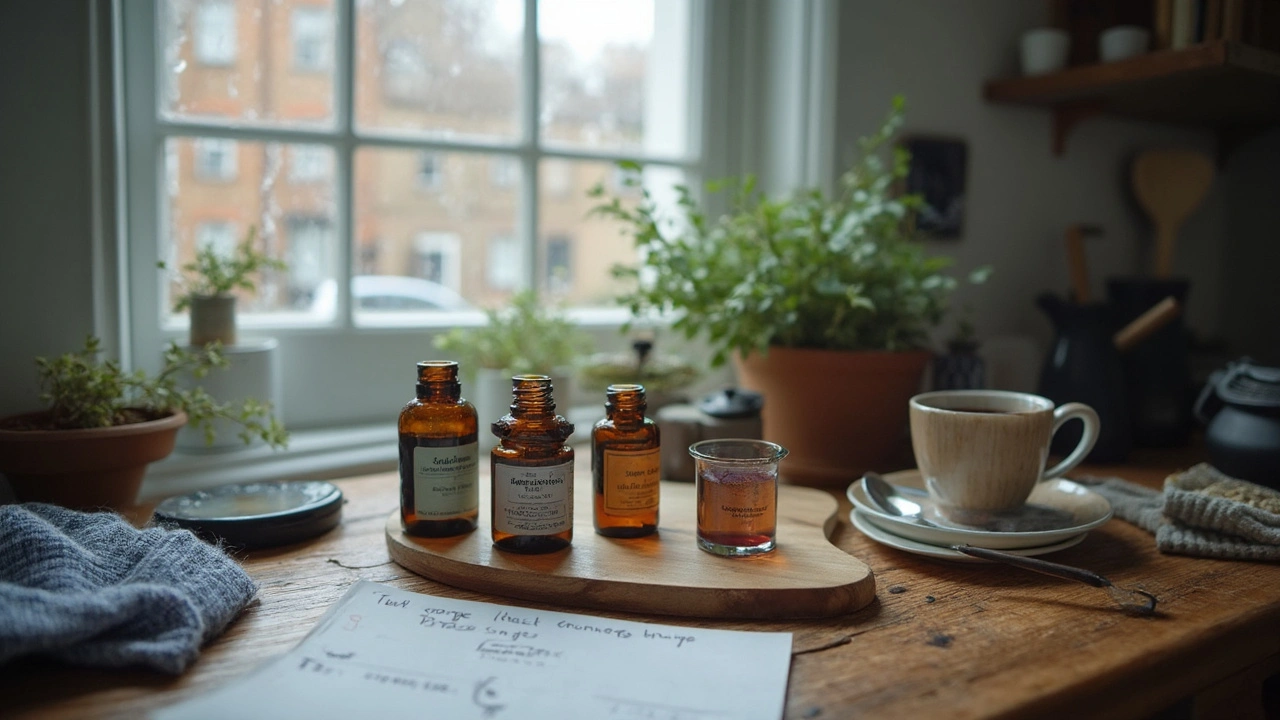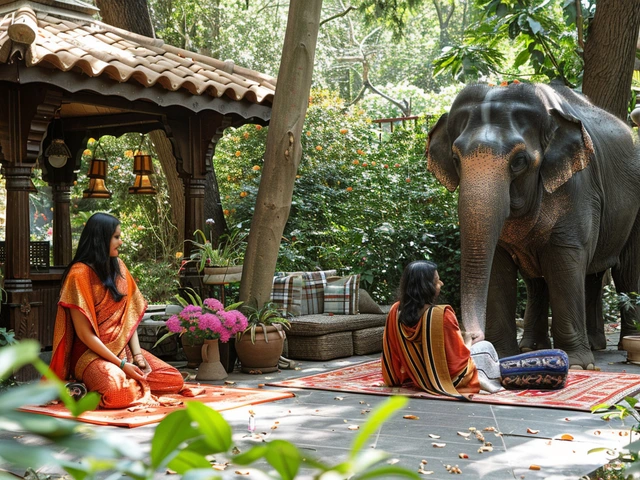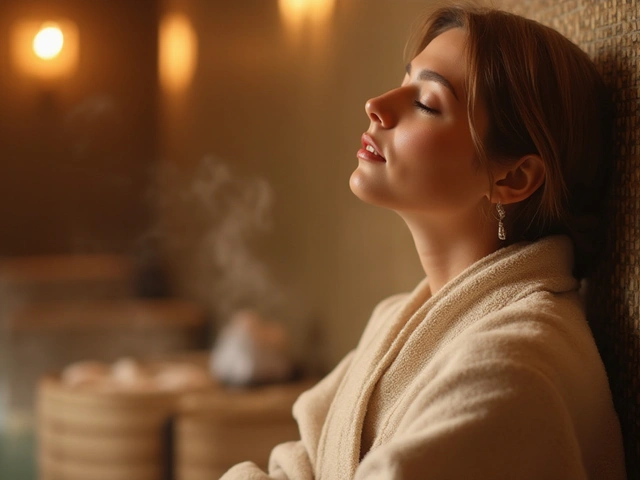Aromatherapy Guide: Simple Tips to Boost Relaxation
Ever wonder why a few drops of lavender can melt stress in seconds? That’s aromatherapy at work. It’s not magic, just scent and how our brains react. In this guide you’ll get the basics, easy recipes, and how to blend aromatherapy with massage for maximum chill.
Why Aromatherapy Helps
Our noses send signals straight to the limbic system – the part of the brain that handles emotions. When you inhale a calming scent, it can lower heart rate, ease tension, and improve mood. That’s why a whiff of eucalyptus feels refreshing and peppermint can lift your head when you’re foggy.
All you need is a good quality essential oil and a safe way to use it. Avoid synthetic fragrances – they don’t have the same effect and can irritate skin. Look for oils that say "100% pure" and are sourced responsibly.
Top Essential Oils and How to Use Them
Lavender – Best for bedtime and calming nerves. Put 3‑5 drops in a diffuser or mix with a carrier oil (like sweet almond) and rub on temples.
Eucalyptus – Great for clearing the mind and supporting breathing. Add 2 drops to a bowl of hot water, cover your head with a towel and breathe deeply for a minute.
Peppermint – Perfect when you need a quick energy boost. Dilute 1 drop with carrier oil and apply to the back of your neck or wrists.
Chamomile – Soothes irritated skin and reduces anxiety. Mix 4 drops with a carrier oil and use as a calming hand massage.
Rosemary – Helps focus and relieves muscle fatigue. Add 3 drops to a warm bath or blend into a post‑workout massage.
Remember to do a patch test first: dab a tiny amount on your forearm, wait 15 minutes, and make sure there’s no redness.
Combining Aromatherapy with Massage
Massage and scent work hand in hand. Start by choosing a carrier oil – jojoba or grapeseed work well because they’re light and don’t mask the aroma. Add 5‑10 drops of your chosen essential oil per ounce of carrier oil. Warm the blend in your hands, then massage slowly into shoulders, neck, or any tight spot.
If you’re doing a full‑body session, you can switch scents between areas. Use lavender for the back, peppermint on the legs, and chamomile on the hands. The changing aromas keep the experience fresh and target specific needs.
For a quick at‑home fix, spray a diluted spray bottle (water + a few drops of essential oil) onto your pillow or work desk. It’s a low‑effort way to keep the vibe going throughout the day.
Safety First
Not all oils are safe for everyone. Pregnant people should avoid sage, rosemary, and clary sage. Kids need milder scents like lavender or orange and a much lower concentration. If you have asthma, steer clear of strong peppermint or eucalyptus in the air – they can trigger breathing issues.
Store oils in dark glass bottles away from heat. That keeps them fresh longer and protects the potent compounds.
With these basics, you can start building your own aromatherapy routine. Mix, match, and notice how each scent changes your mood or eases a sore muscle. The only limit is your curiosity.
Ready to try? Pick a scent, blend it with a carrier oil, and give yourself a 5‑minute massage. You’ll feel the difference right away. Enjoy the calm, focus, or energy boost – aromatherapy makes it easy to tune your body and mind.

Mastering Aromatherapy: A Step‑by‑Step Guide for Safe, Effective Essential Oil Blends
Practical, science‑savvy aromatherapy steps: choose the right oils, dilute safely, blend with confidence, and avoid common mistakes. Recipes, charts, and FAQs included.
Categories
- Health and Wellness (148)
- Alternative Therapies (86)
- Massage Therapy (40)
- Travel and Culture (15)
- Beauty and Skincare (9)
- Holistic Health (8)
- Health and Fitness (5)
- Spirituality (5)
- Other (2)
- Personal Development (2)
Popular Articles



